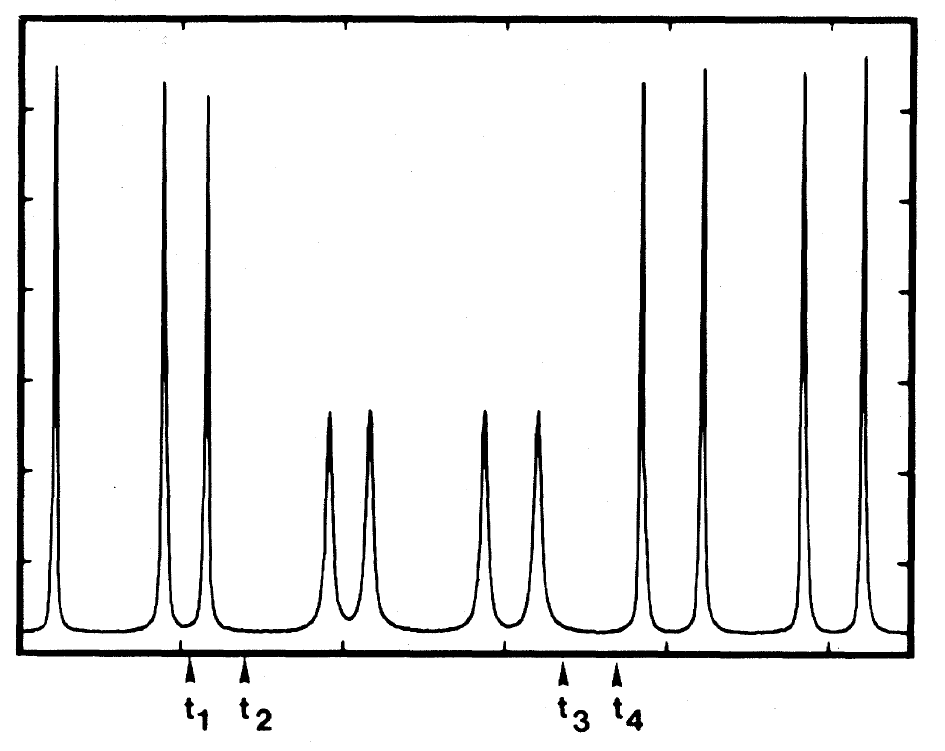
Our
experiments
on rotating superfluid He3 -A f ( T )g(Ω) , where Ω T c f ( T ) is a
linear function of reduced temperature 1−T/Tc g ( Ω )∝Ω . The linear dependence on angular velocity
reflects the linear increase in the number of
quantized vortices.
Usually, the He3 sample was cooled at rest deep to the inside of the A phase. During the ensuing warmup the cryostat was successively rotated and stopped while the NMR spectra were recorded. In some of our experiments the He3 sample was cooled to the A phase while rotating. Our experimental cell is a long (L = 30 mm) and narrow (diam = 5 mm) cylinder.
Usually, the He3 sample was cooled at rest deep to the inside of the A phase. During the ensuing warmup the cryostat was successively rotated and stopped while the NMR spectra were recorded. In some of our experiments the He3 sample was cooled to the A phase while rotating. Our experimental cell is a long (L = 30 mm) and narrow (diam = 5 mm) cylinder.